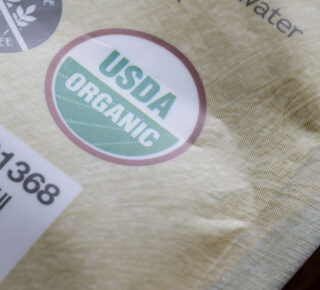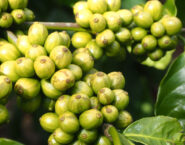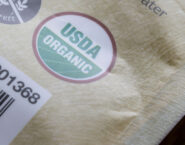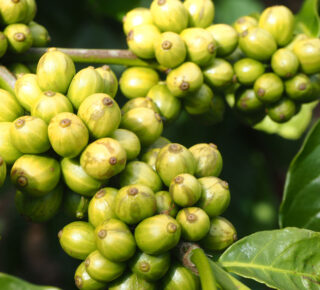
Coffee processing involves picking ripe coffee cherries (the fruit) from the coffee tree removing the beans (seeds), and preparing them for roasting, which happens quickly after harvesting to ensure the beans don’t spoil. As with many aspects of the lifecycle of our favorite beverage, coffee processing is closely tied to the environment and conditions where the beans are grown.
So, how is coffee processed today? There are three primary methods, all influenced by tradition and the resources available. The first is a centuries-old “dry” method, the second is the “wet” method, and the third is a hybrid of the other two. All three can significantly influence the taste of the coffee in your cup.
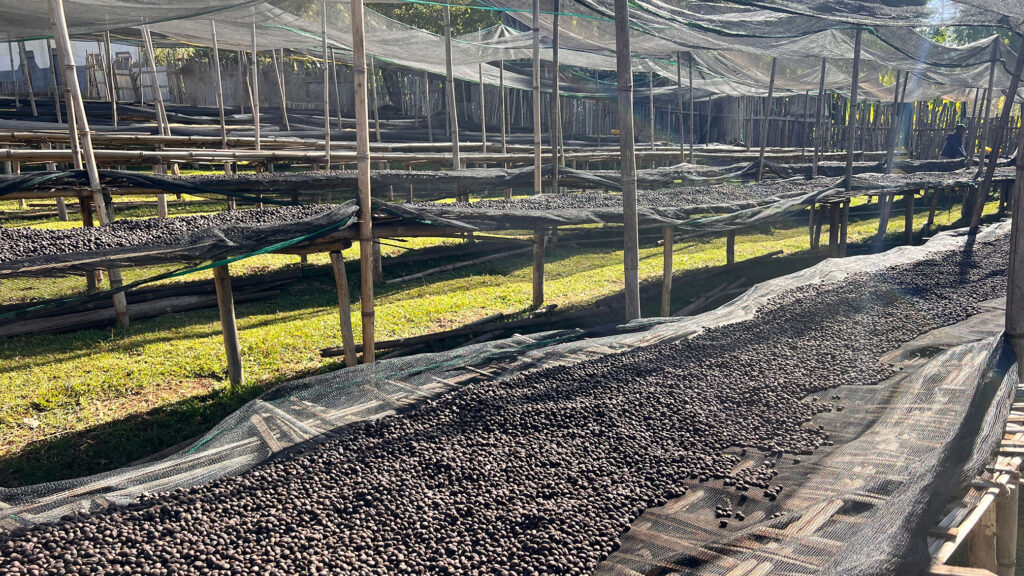
Natural Process (Dry Method)
This time-tested method is still used in many countries. The coffee cherries picked from the coffee tree remain intact, and the process involves drying both the fruit and the beans together. Freshly picked coffee cherries are spread on huge surfaces to dry in the sun. To prevent spoilage, they are raked and turned throughout the day, then covered at night or during rain. This process continues until the moisture content of the cherries drops to 11%, which could take several weeks, depending on the weather. The dried beans are then hulled, removing the entire dried husk, including the outer layer, pulp, and parchment (a thin, protective inner layer).
With effective harvesting, the natural process can produce interesting coffees with a fuller body and uniquely sweet and fruity flavor profile. They may have more of a “wine” or fermented taste to them. However, if a batch of cherries includes both ripe and unripe fruit, it can lead to inconsistent quality and flavor in the beans.
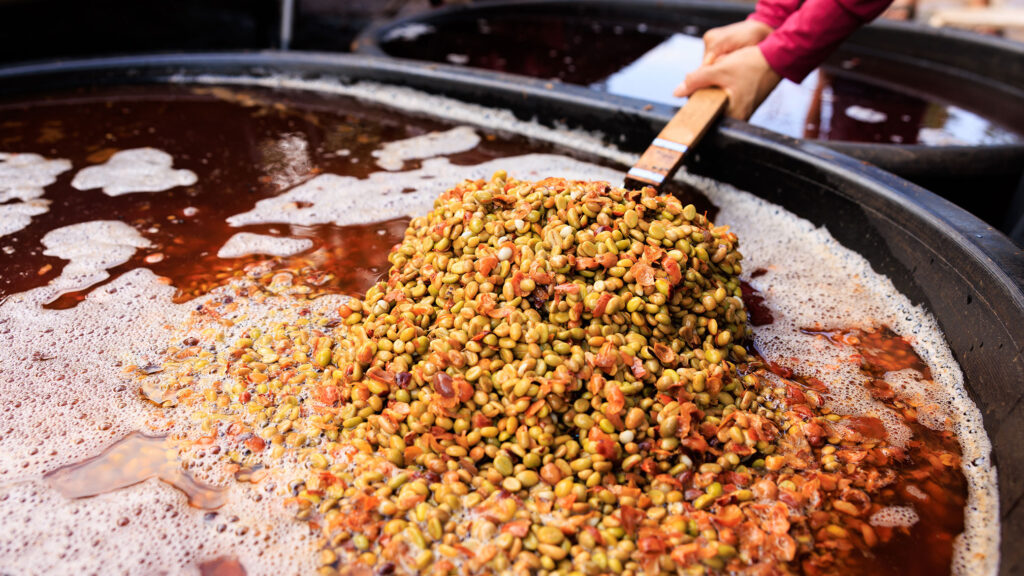
Washed Process (Wet Method)
This method, developed after the dry method, removes the pulp from the beans (seeds) inside the coffee cherry. Then, the coffee beans are dried with only the parchment, a thin, protective layer wrapped around the bean. Since the pulp is separated from the coffee bean, the beans must have absorbed enough natural sugars and nutrients during the growing cycle to develop flavor.
The farmer’s approach to growing the coffee plants and the local terroir (chemistry of the soil, microclimates and sunlight) have a significant impact on the coffee’s taste. That’s why many single-origin and specialty coffees are washed, as the process showcases their unique characteristics. Washed coffees may have floral, sour and/or citrus notes, and their flavor often is described as “clean.”
Pulping and Sorting
First, the coffee cherries are pulped, separating the pulp from the bean. Then, the beans are sorted. They pass through water channels to separate by weight, with the lighter, unripe beans floating to the top of the water tank and the heavier, ripe beans sinking to the bottom. Next, they pass through a series of rotating drums to separate them by size.
Fermentation and Drying
The beans are then placed in large, water-filled fermentation tanks, where naturally occurring enzymes dissolve another layer, the mucilage, from the beans. This can take between 12 and 48 hours. When fermentation is complete, the beans feel rough to the touch. After rinsing, the beans are ready for drying.
As with the natural method, the beans must be dried to approximately 11% moisture to properly prepare them for storage. They can be sun-dried by spreading them on drying tables or floors, where they are turned regularly, or they can be machine-dried in large tumblers. After drying, the papery inner parchment is removed.
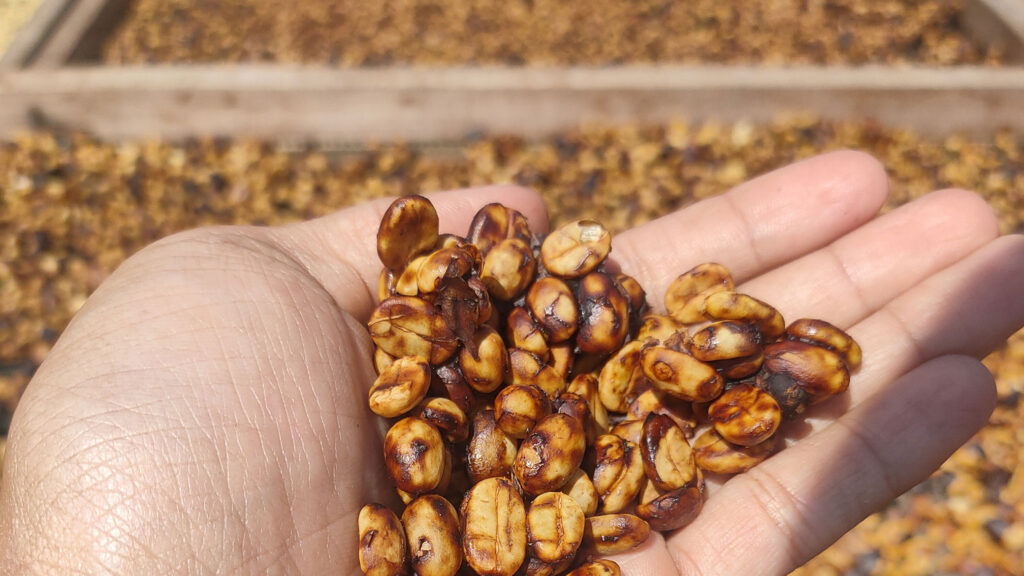
Semi-Washed or Honey Process
This blended method of processing goes further than the natural process, removing the pulp of the coffee cherry. However, it leaves at least some of the mucilage layer intact, unlike in the wet process. The sugary mucilage caramelizes during the drying process, preserving some sweetness and bringing out the beans’ natural flavors.
Sippable Fact
The “honey process” name for this method comes from the texture of the coffee cherry’s mucilage, which has a sticky texture similar to honey.
Semi-washed coffees can more closely resemble washed coffees or natural coffees. Typically, if more mucilage is removed, the coffee will be closer to a washed coffee, and if more mucilage remains on the bean, it will be closer to a natural coffee. This can create a range of flavor profiles, but generally, leaving more mucilage on the bean results in a sweeter taste.
Intrigued to find out what happens next in the lifecycle of coffee? Learn more about roasting and the unique characteristics of each type of roast.

